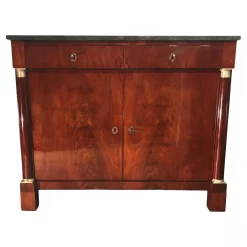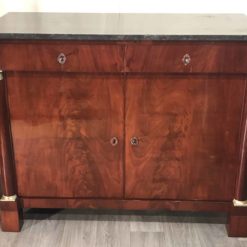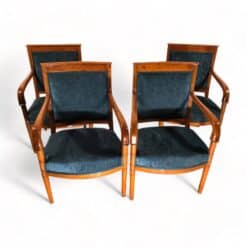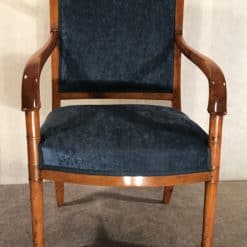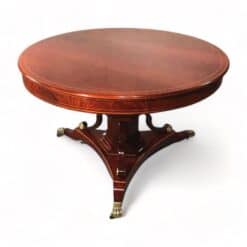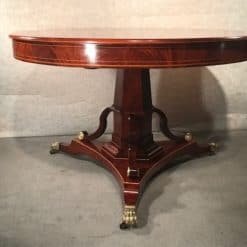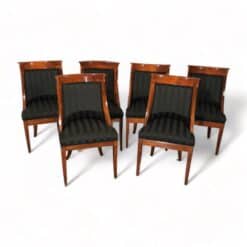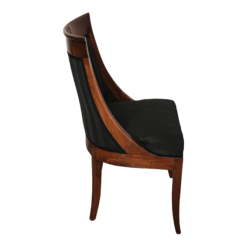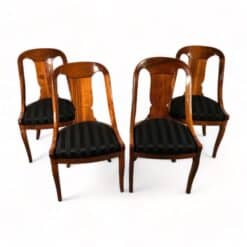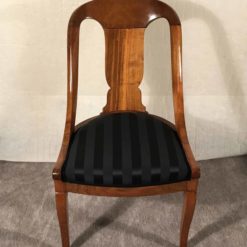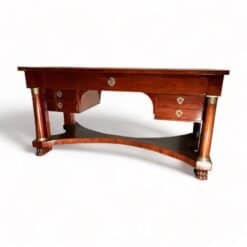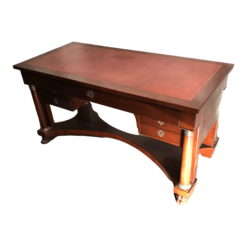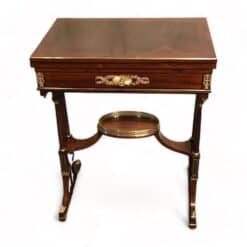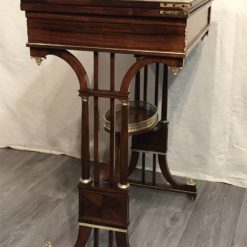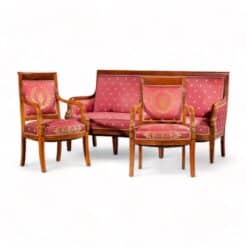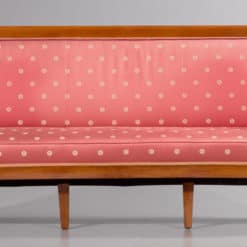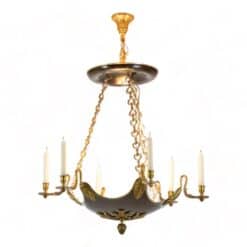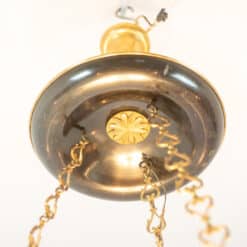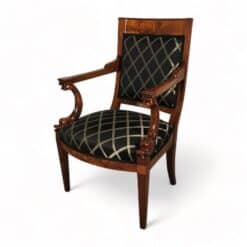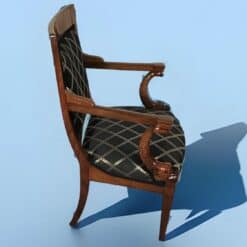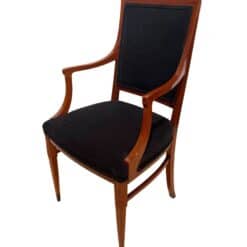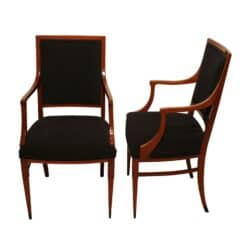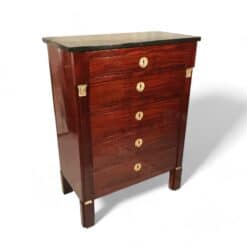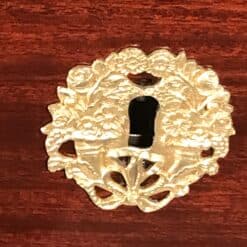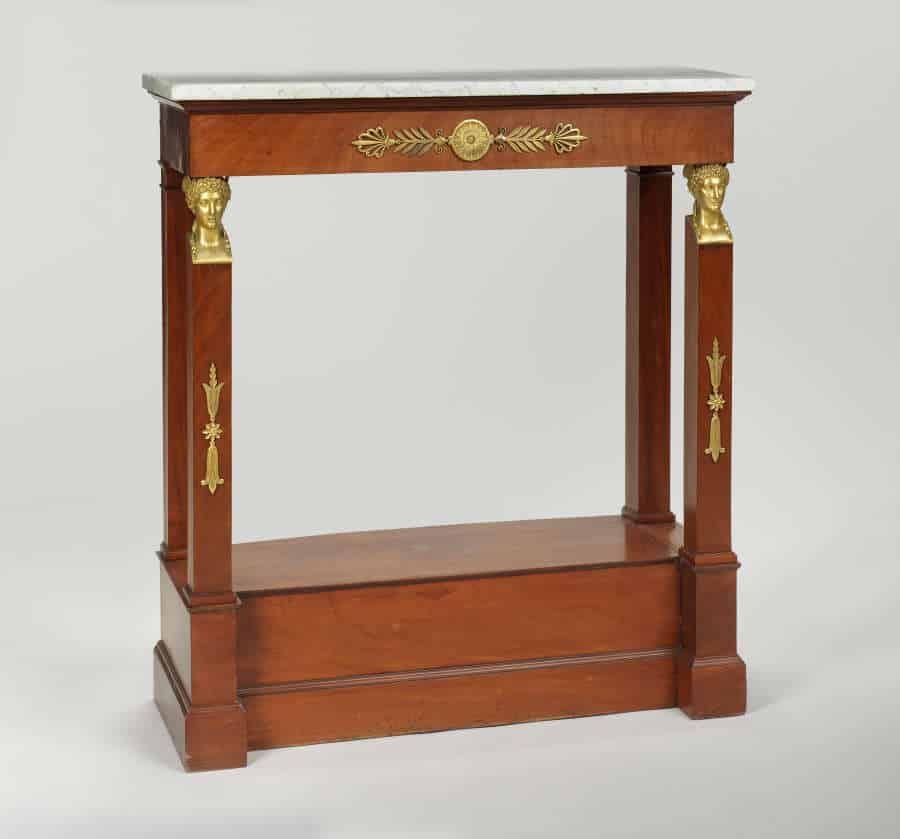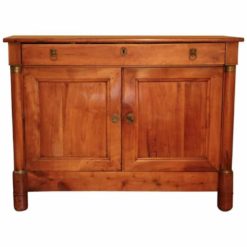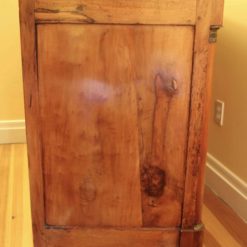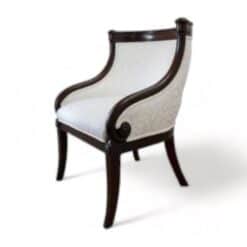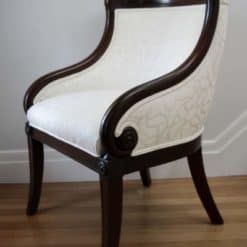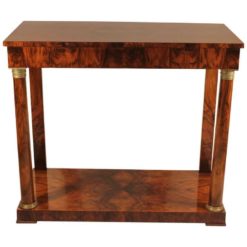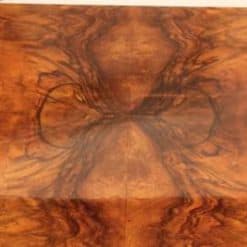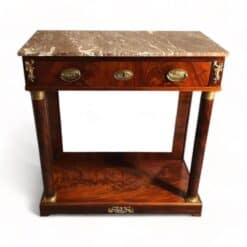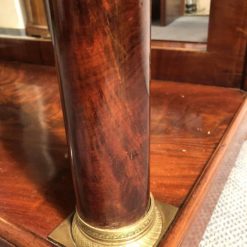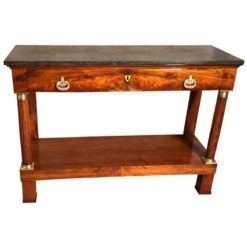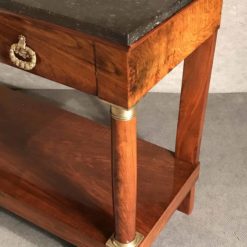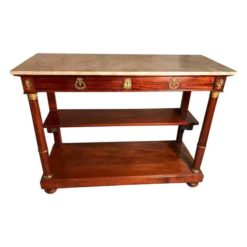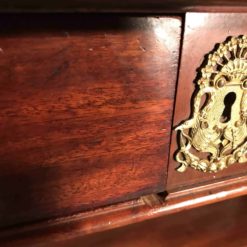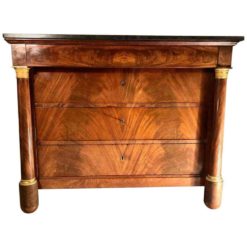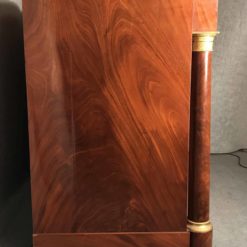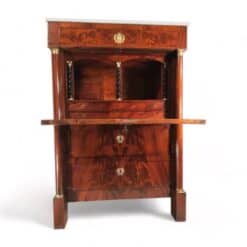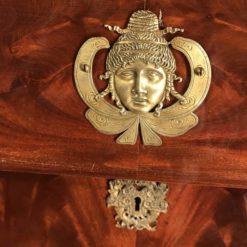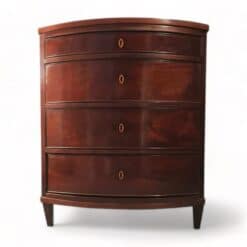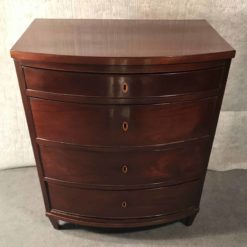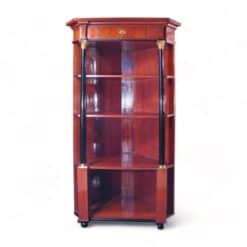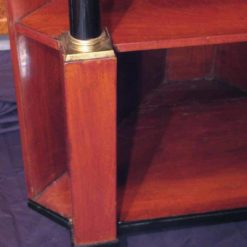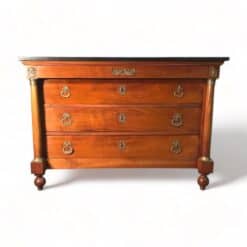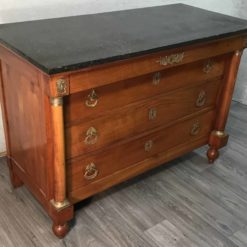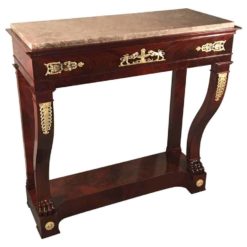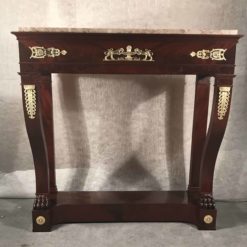Best Sellers
Furniture, Styylish History
Jacob-Desmalter: Master Craftsman of Empire Furniture
Jacob-Desmalter: Master Craftsman of Empire Furniture
Jacob Desmalter was a prominent figure in the world of French Empire furniture design, leaving a lasting legacy through his innovative work and the prestigious furniture company he founded. Born in 1770, Desmalter took over his father’s furniture workshop in Paris, eventually transforming it into one of the most renowned furniture companies of the early 19th century.
Desmalter’s furniture pieces were characterized by their grandeur, opulence, and exquisite craftsmanship, reflecting the style of the French Empire period. Influenced by the imperial tastes of Napoleon Bonaparte, Desmalter’s designs often featured rich mahogany and gilt bronze, with intricate detailing and luxurious upholstery.
Jacob Desmalter’s is renowned for his exceptional quality and attention to detail, thus setting his furniture apart as some of the finest examples of French Empire design. His workshop employed highly skilled artisans who excelled in a variety of traditional crafts, including cabinetmaking, gilding, and upholstery.
Jacob Desmalter: Furniture Designer to Emperor Napoleon and Empress Josephine
His furniture graced the palaces of European monarchs, including Napoleon and the empress Josephine’s own residences, as well as the homes of wealthy collectors and patrons of the arts.

Jacob Desmalter’s reliance on furniture orders from Napoleon Bonaparte was a double-edged sword that ultimately led to his financial downfall. While Napoleon’s patronage brought Desmalter prestige and visibility, it also created a risky dependency on a single client.
Napoleon’s demand for luxurious and grandiose furniture was insatiable, and Desmalter’s workshop became the go-to source for the Emperor’s furnishing needs. This exclusive focus on fulfilling Napoleon’s orders left Desmalter vulnerable to the fluctuations of political fortune.
When Napoleon’s reign suffered from imperial debts, Desmalter’s business suffered a severe blow. Desmalter’s financial troubles forced him to temporarily close his workshop in 1813. However, he managed to reopen a few years later, thanks in part to his son, Alphonse-Emmanuel, who revived the business and adapted its offerings to suit the evolving trends in furniture design.
Desmalter’s Empire Design Style and Features
This Desmalter console table on display at the RISD Museum is the epitome of Desmalter’s unparalleled craftsmanship. The console table is of rich mahogany with a marble table top, and features gilded-bronze carvings.
One of the hallmarks of Desmalter’s craftsmanship was his meticulous attention to detail. His furniture featured intricate ornamentation, which often included delicate carvings, elaborate gilded motifs, and exquisite marquetry. In addition to their ornamental beauty, Desmalter’s pieces are also praised for their structural integrity. He used only the finest materials, including high-quality woods such as mahogany, oak, and walnut, ensuring that his furniture was not only beautiful but also durable and long-lasting.
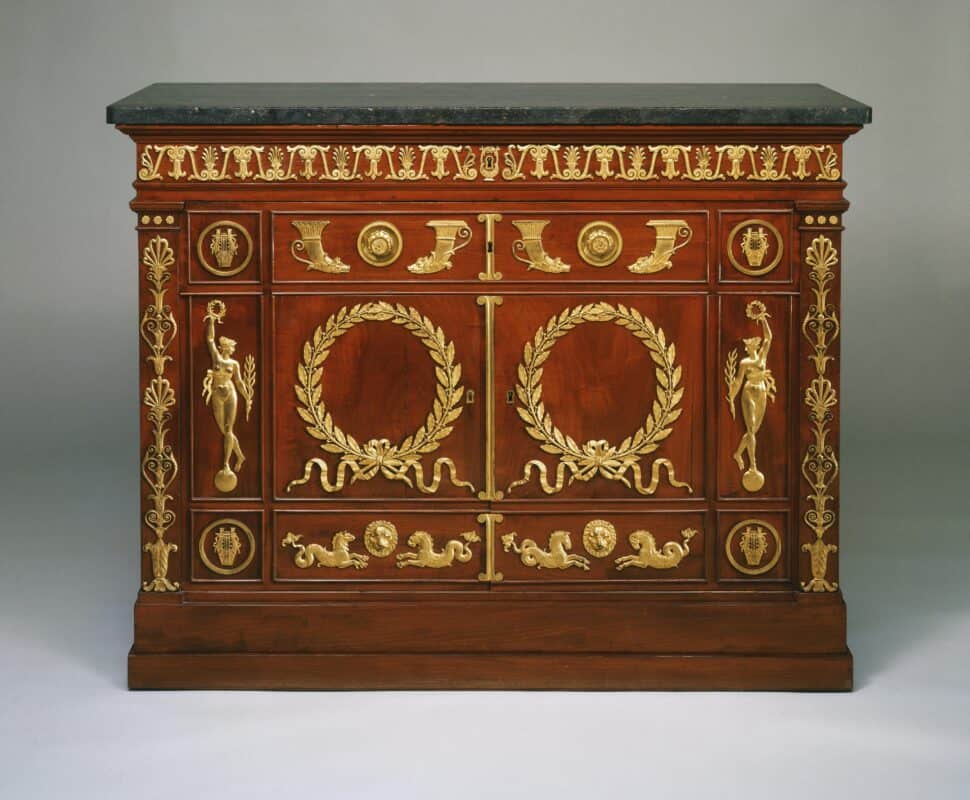
This intricate writing cabinet made by Desmalter between 1810 and 1813 is an excellent example of his gilded carvings. The cabinet displays stunning symmetrical carvings on figures, cornucopias, lyres, mythical creatures, wreaths and more. This piece is on display at the Philadelphia Museum of Art.
Desmalter’s Rich and Coveted Materials
Jacob Desmalter’s innovative use of mahogany, played a significant role in defining the elegance and grandeur of French Empire furniture. Mahogany, with its rich reddish-brown hue and durability, was a favored choice for Desmalter’s creations, adding a sense of luxury and sophistication to his pieces.
However, during the Napoleonic Wars, a Continental blockade prevented France from importing mahogany from English colonies, leading to a scarcity and soaring prices of the prized wood. Despite the blockade and the subsequent increase in price, mahogany remained highly sought after among the upper classes, further enhancing Desmalter’s mahogany furniture as a status symbol of wealth and refinement.
On display at the Getty Museum is this gorgeous Salon Suite of ten armchairs and a matching settee. The pieces are all made of Desmalter’s renowned mahogany, and feature gilded decorative motifs.
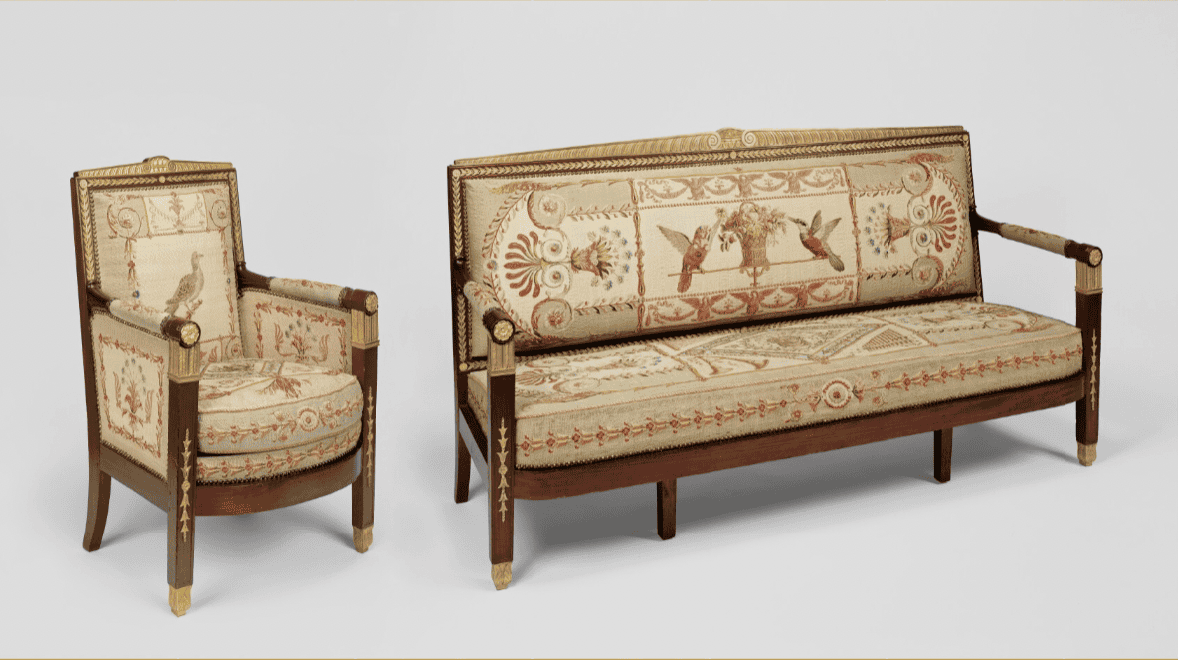
Desmalter’s Empire Pieces on Styylish
This exquisite Elegant Empire Salon Suite is stylistically attributed to Desmalter’s influence, and crafted in 1810. This resplendent suite is a testament to the timeless allure of Desmalter’s Empire design, comprising two stately Berger chairs and four regal armchairs, each meticulously constructed with a frame of rich mahogany. Further, the hand-carved decor on the armrests is a masterpiece in itself. Adorning the front of each armrest is a gilded rosette detail, adding a touch of sophistication to the overall aesthetic.
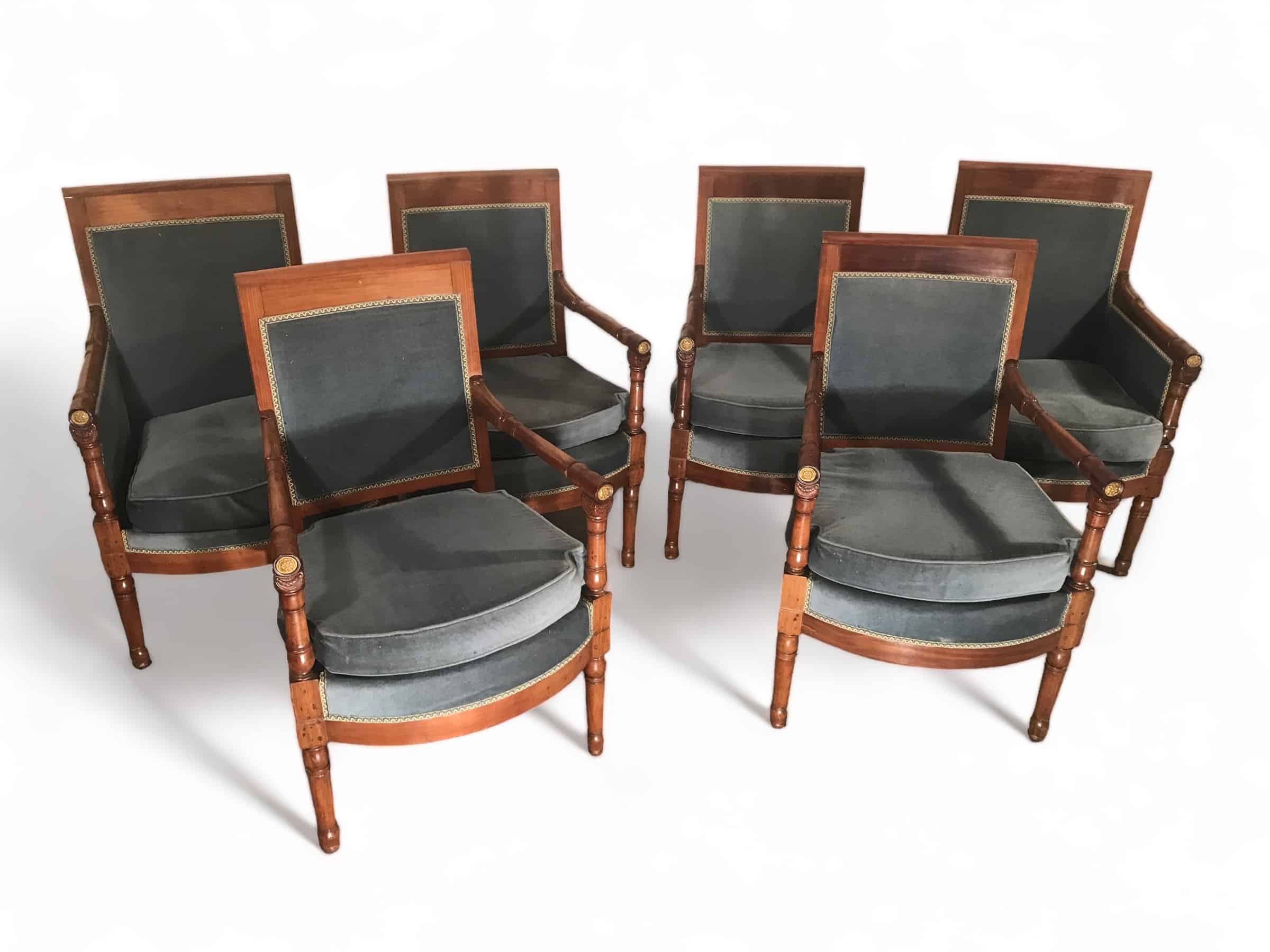
Styylish also offers the matching Desmalter-style sofa, with the same mahogany frame and detailed hand-carvings.
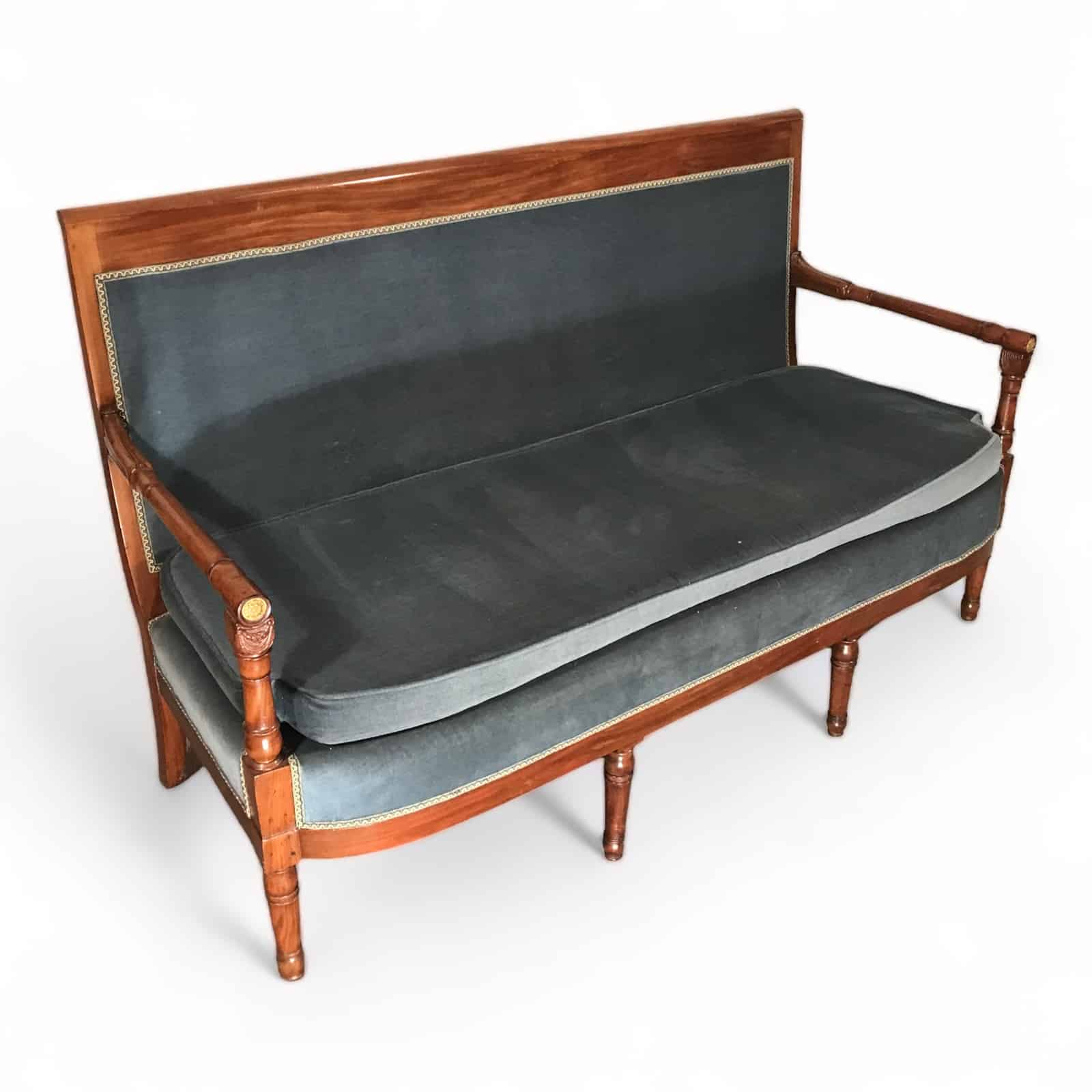
Desmalter was also known for his innovative approach to design and manufacturing. He embraced new technologies and techniques, such as steam bending and metal casting, to create furniture that was both aesthetically pleasing and structurally sound. This forward-thinking approach set Desmalter apart from his contemporaries and helped establish his reputation as a master craftsman.
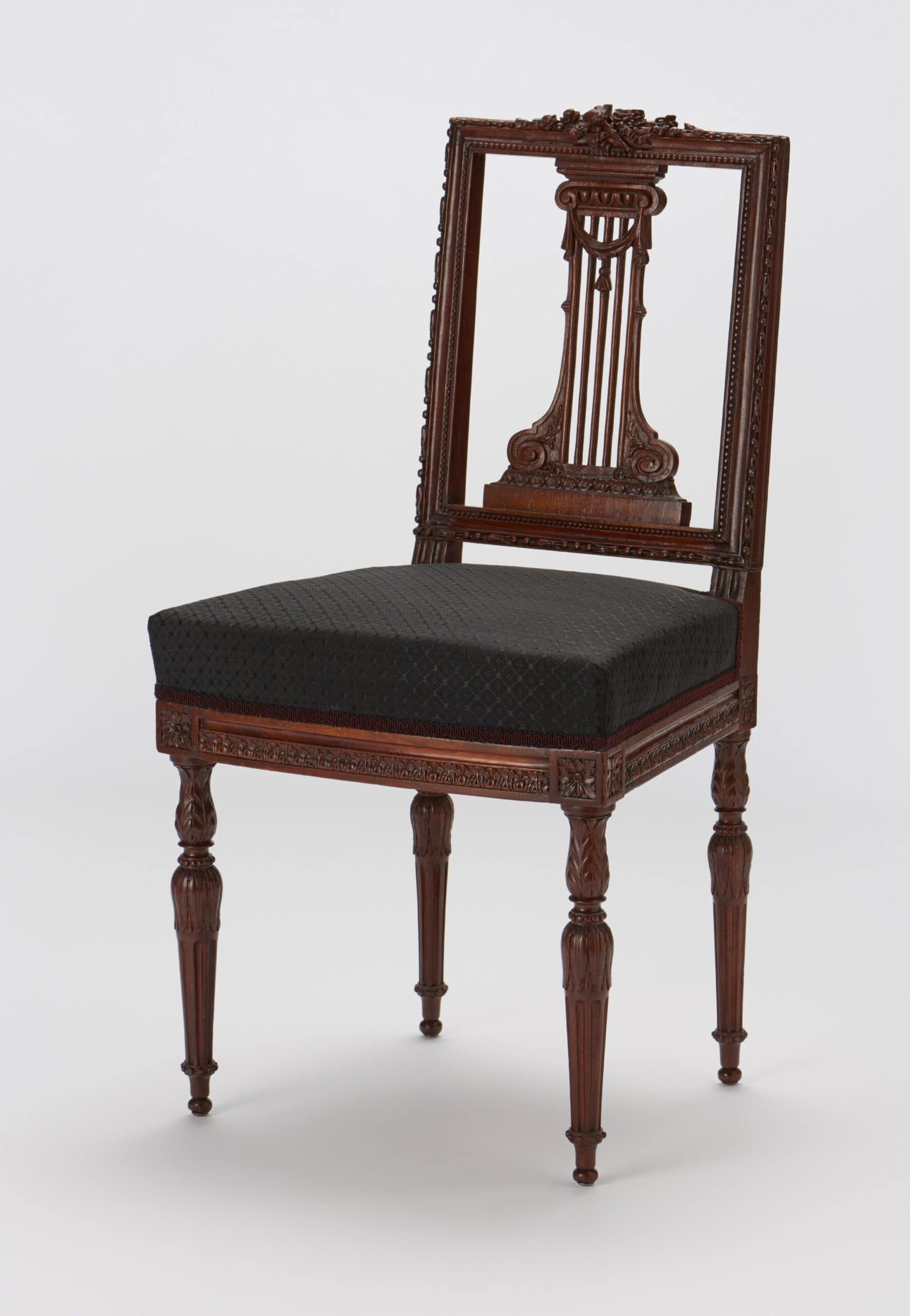
Desmalter’s Empire Furniture Legacy
Overall, Jacob Desmalter’s furniture was a testament to the artistic and cultural richness of the French Empire period. Desmalter’s pieces reflect the grandeur and opulence of the era. His legacy lives on today through the surviving examples of his work. His pieces are highly valuable tp collectors and enthusiasts of antique furniture. Desmalter’s craftsmanship epitomizes excellence and innovation, making his furniture highly sought after by collectors and enthusiasts alike. People continue to admire his pieces for their beauty and artistry, serving as lasting testaments to his skill and creativity.

